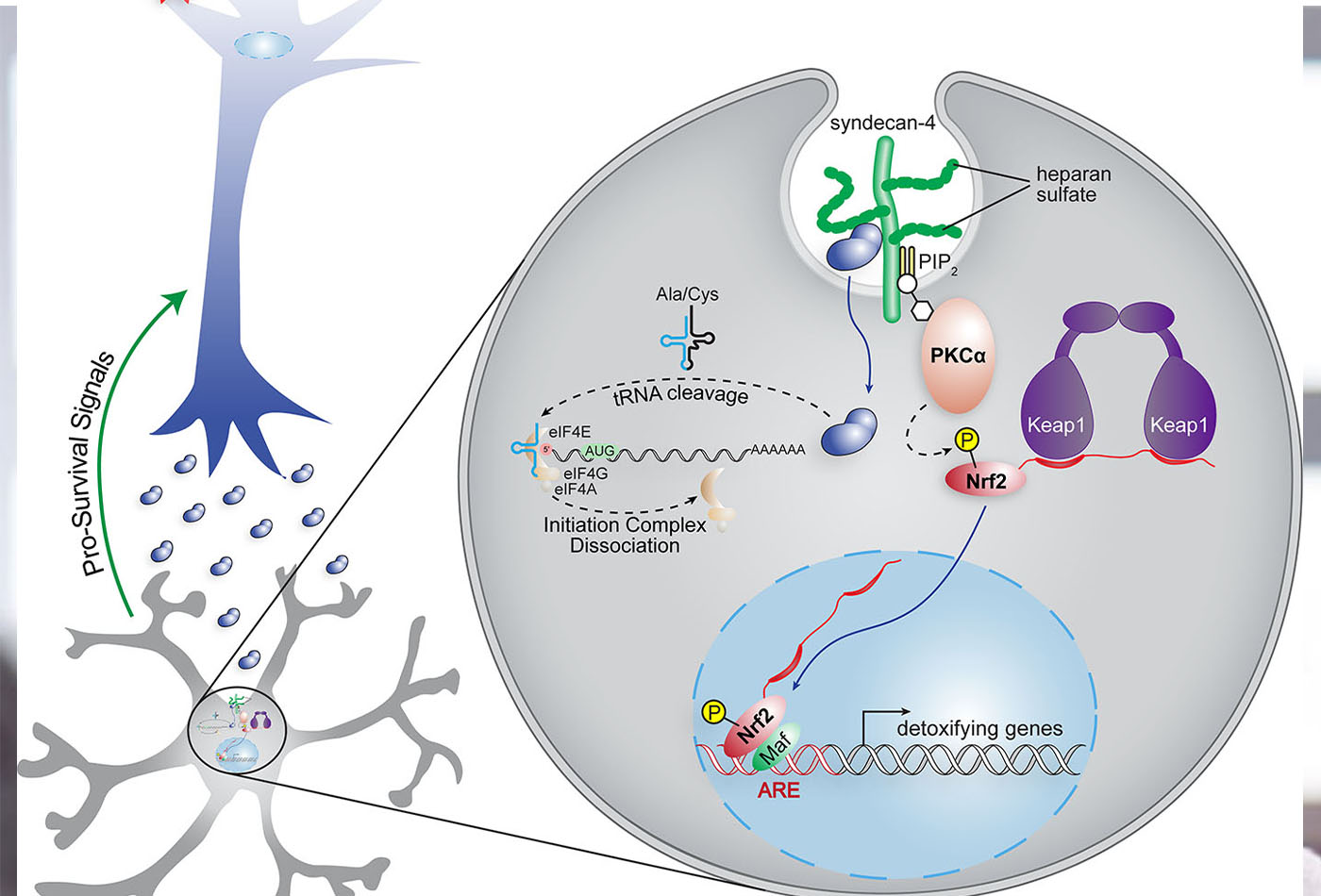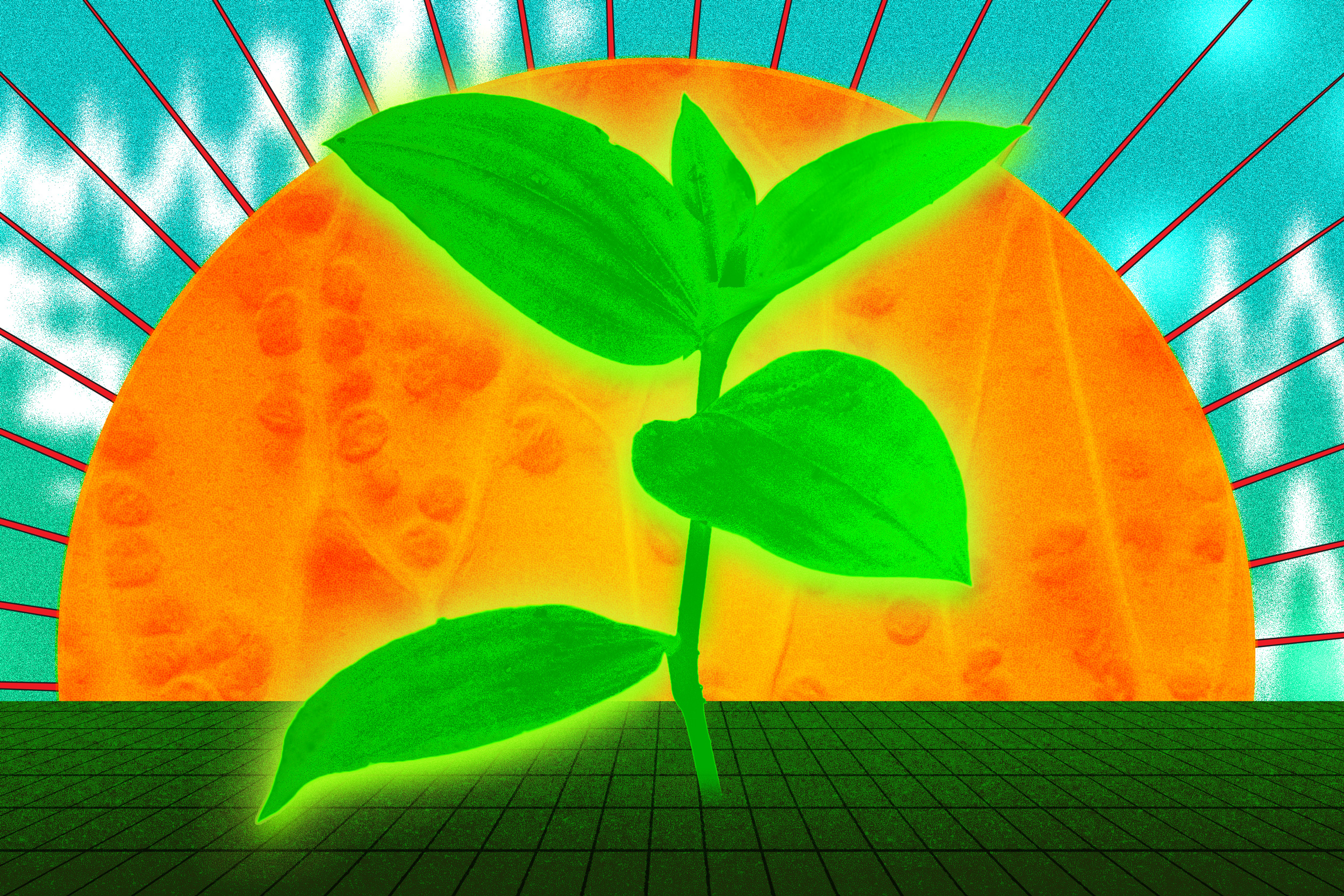Angiogenin Activates the Astrocytic Nrf2/antioxidantresponse Element Pathway and thereby Protects Murine Neurons from Oxidative Stress
This activation, which occurred in astrocytes but not in neurons, promoted the survival of proximal neurons that had oxidative injury
Professor Ronald T. Raines, along with Trish T. Hoang, Delinda A. Johnson and Jeffrey A. Johnson of the University of Wisconsin’s schools of Biochemistry, Chemistry and the School of Pharmacy, published a paper in The Journal of Biological Chemistry this October on Angiogenin Activates the Astrocytic Nrf2/antioxidantresponse Element Pathway and thereby Protects Murine Neurons from Oxidative Stress.
The angiogenin (ANG) gene is mutated frequently in individuals with amyotrophic lateral sclerosis (ALS), a fatal neurodegenerative disease characterized by the progressive loss of motor neurons. Delivering human ANG to mice that display ALS-like symptoms extends their lifespan and improves motor function. ANG is a secretory vertebrate ribonuclease that enters neuronal cells and cleaves a subset of tRNAs, leading to the inhibition of translation initiation and the assembly of stress granules. Here, using murine neuronal and astrocytic cell lines, we find that ANG triggers the activation of the nuclear factor erythroid 2-related factor 2 (Nrf2) pathway, which provides a critical cellular defense against oxidative stress. This activation, which occurred in astrocytes but not in neurons, promoted the survival of proximal neurons that had oxidative injury. These findings extend the role of ANG as a neuroprotective agent and underscore its potential utility in ALS management.





